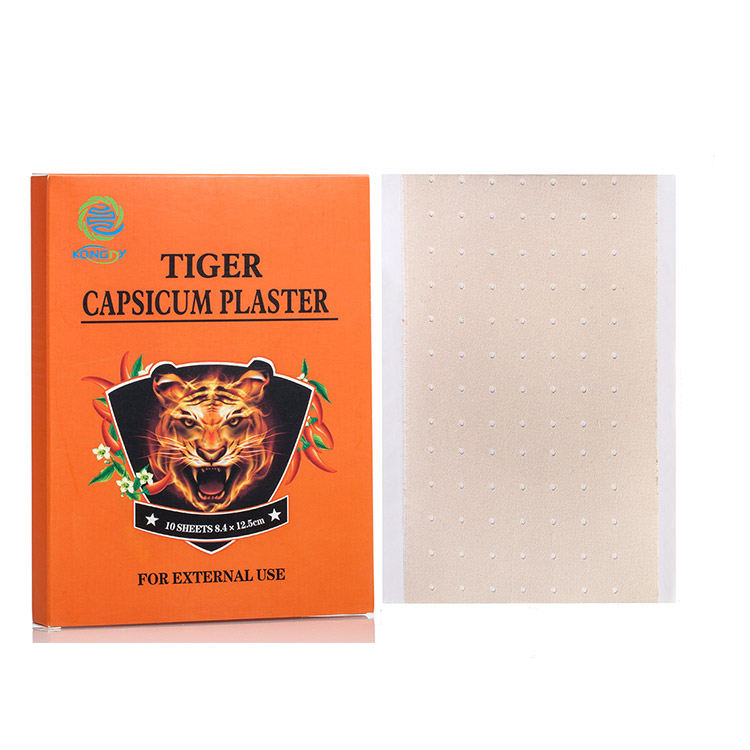Author:Kangdi 22-09-2023
Pain relief patches have emerged as a popular solution for individuals seeking effective and non-invasive pain management. As a business owner or healthcare provider looking to offer pain relief patches, it's crucial to make informed choices to meet your customers' needs and ensure your business's success. This guide will walk you through the essential considerations when selecting pain relief patches for your business.
1. Understand Your Target Audience:
The first step in choosing the right pain relief patches for your business is gaining a deep understanding of your target audience. Different patches are designed to address specific types of pain, whether it's muscle aches, joint discomfort, or chronic conditions. To identify the most suitable products:
Define your customer demographics. Are they athletes, seniors, individuals with chronic pain, or a specific niche?
Analyze the common pain issues your customers face. What types of pain relief are they seeking?
Consider your customers' preferences. Do they prefer natural, medicated, or specific ingredient-based pain relief?
By pinpointing your target audience's pain relief needs, you can streamline your product selection to align with their requirements.
2. Evaluate Patch Ingredients:
Pain relief patches contain a variety of active ingredients that determine their efficacy for specific pain types. Here are some common ingredients and their applications:
Menthol: Provides a cooling sensation and is effective for muscle and joint pain relief.
Capsaicin: Derived from chili peppers, it helps alleviate nerve and arthritis pain.
Lidocaine: A local anesthetic that numbs the area, suitable for localized pain relief.
Natural Extracts: Some patches incorporate natural ingredients such as arnica, camphor, or essential oils for holistic pain relief.
Offering a range of patches with different active ingredients can cater to diverse pain relief needs within your customer base.
3. Choose the Right Patch Types:
Pain relief patches come in various forms, including:
Topical Patches: Applied directly to the skin, ideal for localized pain relief.
Transdermal Patches: Administer medication through the skin, providing systemic pain relief.
Selecting the appropriate patch type should align with your customers' preferences and the specific pain conditions they aim to alleviate.
4. Quality and Safety:
Ensure the pain relief patches you offer adhere to stringent quality and safety standards. Look for products that:
Hold FDA approval or equivalent certifications as required in your region.
Are manufactured by reputable companies with a track record of producing safe and effective pain relief products.
Transparently disclose their ingredients and potential side effects.
5. Pricing and Profit Margins:
Set a competitive pricing strategy by taking into account factors such as wholesale costs, competitor pricing, and the perceived value of the product. Striking the right balance between affordability and quality is key. While maintaining competitive pricing, ensure your profit margins remain viable.
6. Marketing and Education:
Educate your customers about the benefits of pain relief patches and proper usage. Provide clear instructions and comprehensive information about the patches you carry. Effective marketing strategies, both online and offline, can raise awareness and boost sales.
Selecting the right pain relief patches for your business involves understanding your target audience, assessing ingredients and patch types, ensuring quality and safety, setting competitive prices, and implementing effective marketing strategies. By considering these factors, you can curate a product selection that caters to your customers' pain relief needs and positions your business for success.
 0086 19937104978
0086 19937104978





